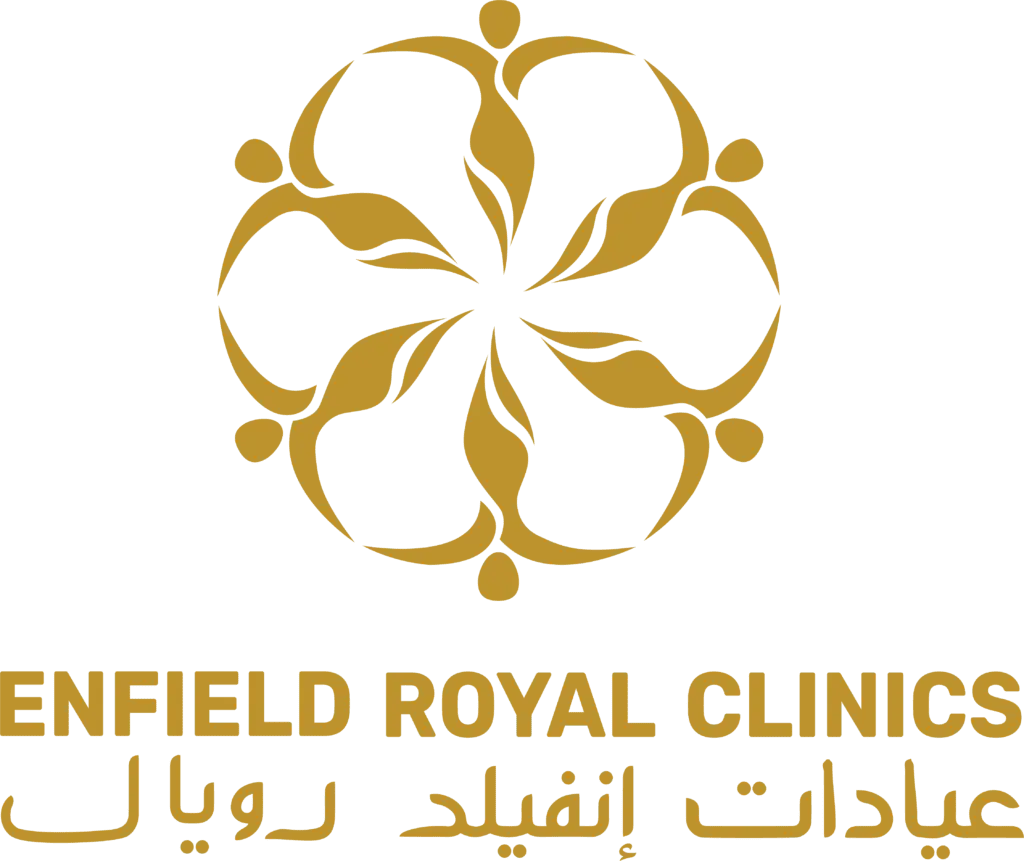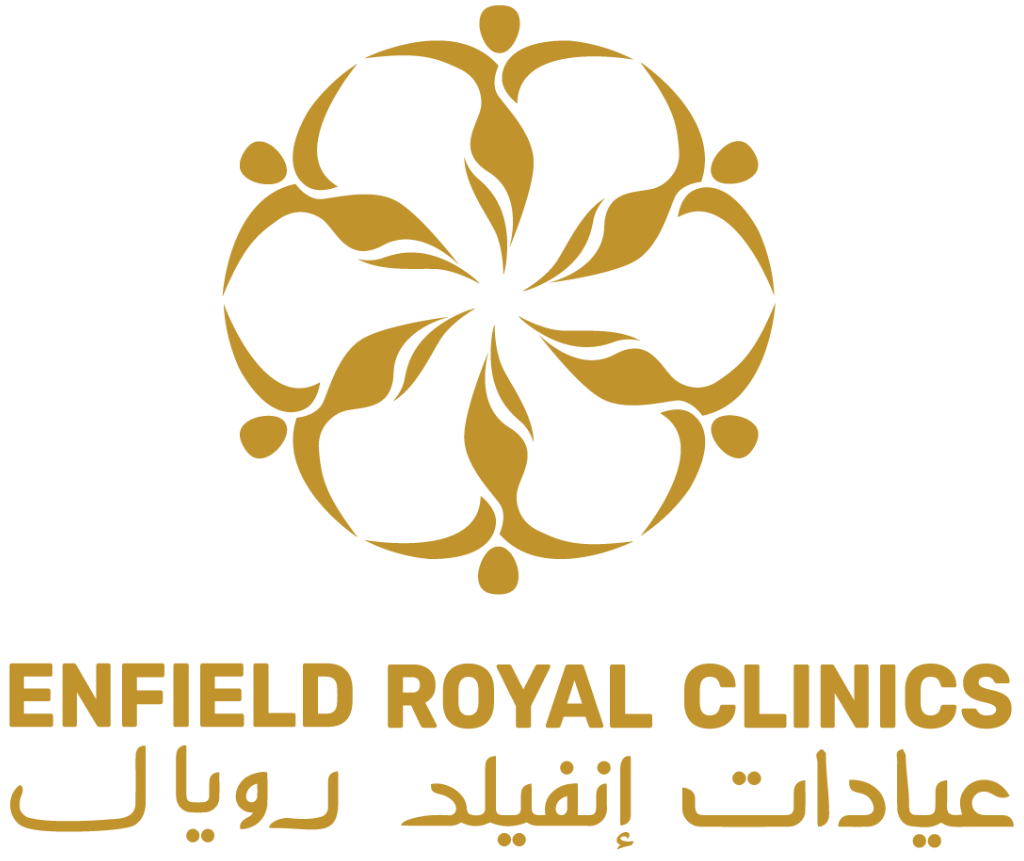The desire to enhance one’s appearance is a natural aspect of human nature. For some, this may include the wish to reshape certain features, such as the ears. Traditionally, surgical procedures like otoplasty have been the go-to solution for ear reshaping. However, advancements in technology and medical techniques have introduced non-invasive alternatives that cater to those seeking ear reshaping in Islamabad without going under the knife.
In this blog post, we will explore the possibilities of reshaping ears without surgery, exploring various non-invasive methods and their potential effectiveness.
The Traditional Approach: Otoplasty
Otoplasty, commonly referred to as ear surgery, has been a widely accepted surgical procedure for altering the appearance of protruding or misshapen ears. The method involves reshaping the cartilage and positioning the ears closer to the head.
While otoplasty has a proven track record of success, it requires anaesthesia, incisions, sutures, and a recovery period. For those seeking alternatives, non-invasive methods are gaining traction.
Non-Invasive Options for Ear Reshaping In Islamabad:
Ear Reshaping Tapes:
Ear reshaping tapes are adhesive strips that claim to help mold the ears into a desired shape over time. These tapes are designed to gently pull the ears back or reshape them through consistent use. While some users report positive results, the effectiveness of these tapes varies widely and largely depends on individual factors such as skin type and the severity of the issue.
Ear Splints:
Ear splints are worn over the ears to reshape them gradually. They apply constant pressure on the cartilage to encourage it to reshape over time. This method requires patience and dedication, as results may take several weeks or months to become noticeable.
Ear Molding Systems:
Ear molding systems are relatively innovations that utilize 3D-printed molds to reshape the ears. These systems are often used on newborns with ear deformities, but some are designed for adults seeking to reshape their ears. The molds are worn for a specific period, gradually guiding the cartilage into the desired shape. However, availability and long-term success rates can vary.
Dermal Fillers:
Dermal fillers are a non-surgical cosmetic procedure commonly used to add volume to the face. In some cases, they can reshape the ears by injecting filler into specific areas to alter their appearance. This option is less invasive than surgery and offers immediate results, but the effects are temporary and may require regular touch-ups.
Ear Exercises:
Proponents of ear exercises suggest that targeted movements improve the shape and positioning of the ears. While these exercises are non-invasive and easy to perform, their effectiveness is debated within the medical community.
Considerations of the Procedure:
It’s important to approach non-invasive ear-reshaping methods with a realistic outlook. While these alternatives offer potential benefits, they also have limitations and uncertainties. The success of these methods depends on various factors, including the individual’s age, the degree of reshaping required, and their commitment to consistent use.
Moreover, the scientific evidence supporting the effectiveness of non-invasive techniques is often limited. Medical professionals may not universally endorse these methods due to the lack of substantial clinical research and data on their long-term outcomes.
The Bottom Line!
The desire to reshape one’s ears is understandable in the quest for a more pleasing appearance. While traditional surgical methods like otoplasty have a proven track record, non-invasive alternatives have emerged as potential options. These alternatives offer varying degrees of success, from tapes and splints to advanced molding systems and dermal fillers. However, it’s important to approach these methods cautiously, considering the limited scientific evidence and the need for individualized assessment.
Before embarking on any non-invasive ear-reshaping journey, it’s advisable to consult with a qualified medical professional at Enfield Royal Clinics Islamabad. They can provide valuable insights, help you set realistic expectations, and guide you toward the most appropriate course of action based on your unique circumstances. Ultimately, whether you choose surgical or non-invasive methods, the most critical aspect is feeling confident and comfortable in your skin.






Leave a Reply